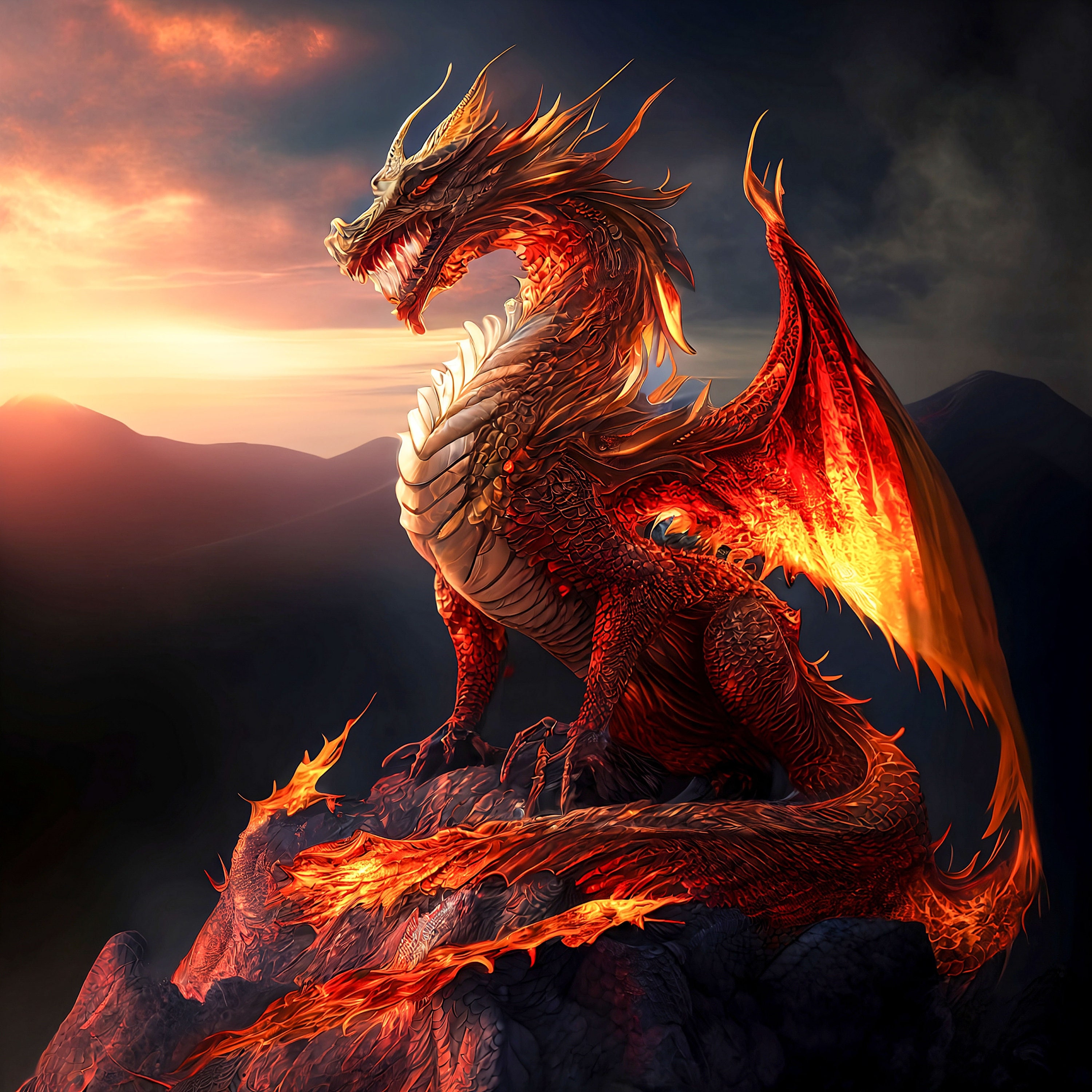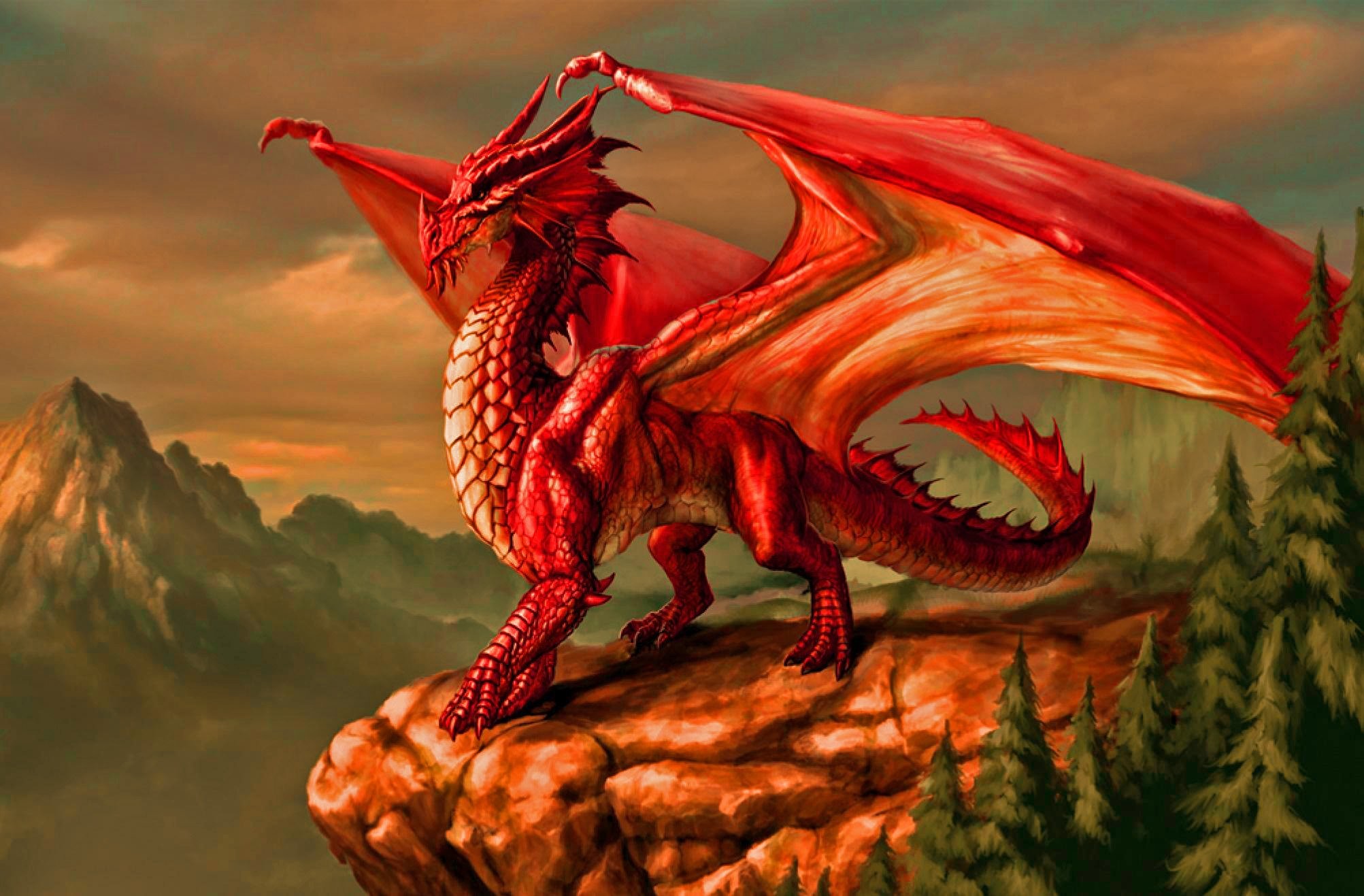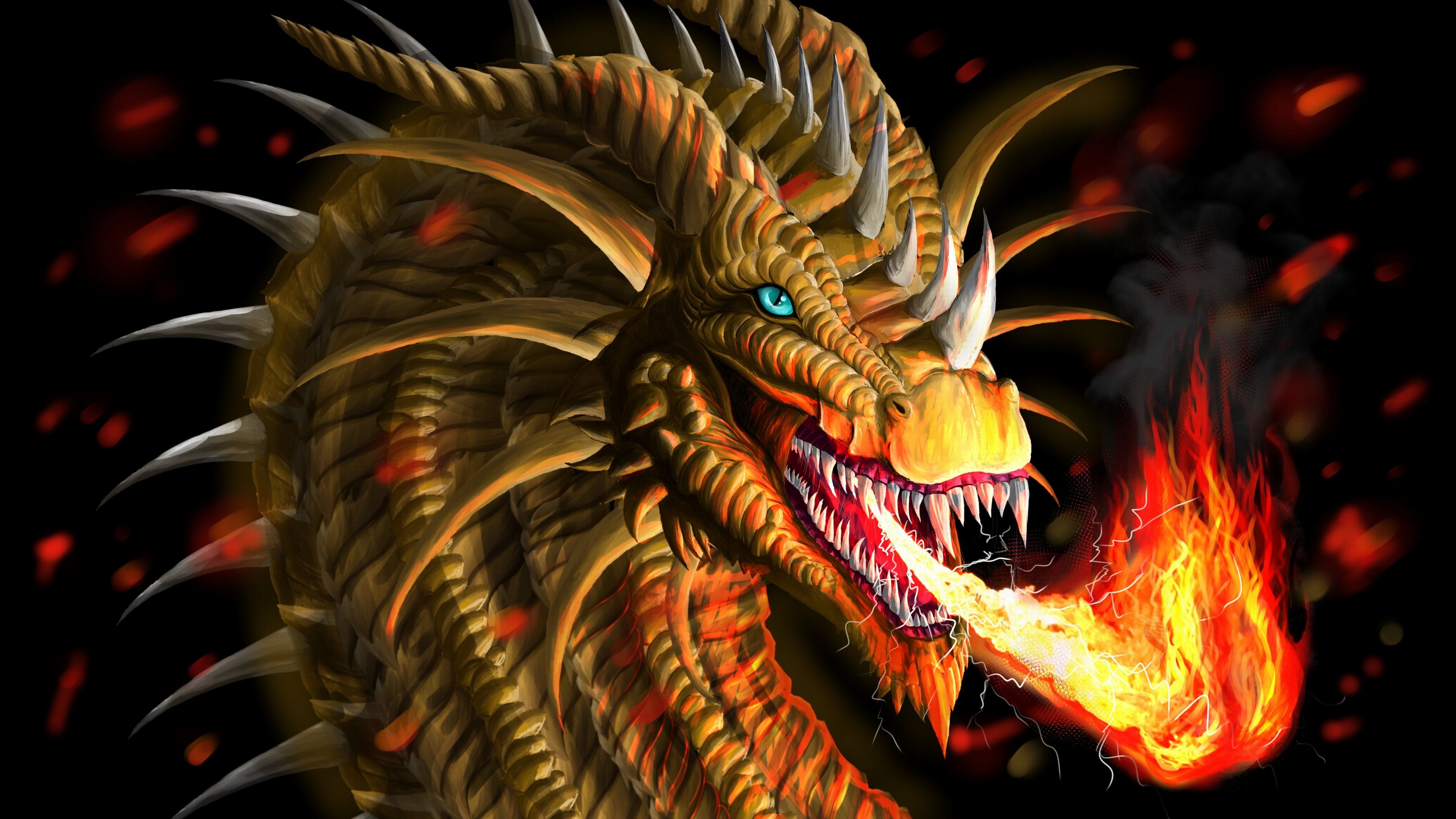Dragons, those grand, often winged creatures of legend, hold a truly special spot in stories and beliefs across the globe. They are figures of great wonder, sometimes seen as guardians of wisdom, other times as forces of nature, a bit wild and untamed. Their presence in our collective imagination is, you know, quite profound, shaping tales and traditions in ways we sometimes overlook. This deep connection to these powerful beings is something we find really interesting, and it certainly gives us a lot to think about.
Imagine, if you will, a place where these grand ideas about dragons are, well, carefully brought together and examined. A spot where the very essence of dragon lore, its history, and its many faces are, in a way, refined. This isn't about making drinks, not really; it's about drawing out the pure spirit of what dragons mean to people, how their stories came to be, and how those stories have changed over time. It's a place where we can, you know, get to the core of it all.
So, what we are talking about here is a kind of conceptual "dragon distillery." It's a way to look closely at how the idea of a dragon has been understood and passed down, especially when cultures meet and try to share their unique thoughts about such creatures. We will explore the twists and turns of how these powerful symbols have been interpreted, seeing how a simple word can carry so much history and so many different meanings. It's a rather fascinating story, actually.
Table of Contents
- The Roots of "Dragon" - A Look at the Dragon Distillery's Past
- What Influenced the Early "Dragon" Translation at the Dragon Distillery?
- Shifting Views - How Does the Dragon Distillery See Cultural Exchange?
- Are All Dragons the Same in the Dragon Distillery's Lore?
- Everyday Dragons - What About the Dragon Distillery's Smaller Inspirations?
- Why Did "Dragon Face" Change for the Dragon Distillery's Worldview?
- The Dragon Distillery and Mythical Creatures - A Broader Scope
- How Does the Dragon Distillery Interpret Western Dragon Tales?
The Roots of "Dragon" - A Look at the Dragon Distillery's Past
When we think about the word "dragon," especially in English, it has a very specific feel, doesn't it? It often brings to mind images of fire-breathing beasts guarding treasures or causing great trouble. But the story of how that word came to be used for the Chinese "龙" is a little more involved than you might think. It actually goes back to a time when different cultures were just starting to really connect, sometimes in difficult ways. This early moment is, you know, something the dragon distillery finds quite telling.
During the Opium Wars, a period of significant change and interaction, a missionary named Robert Morrison was working to bridge the language gap. He was trying to make sense of Chinese concepts for Western audiences. When he came across the Chinese "龙," he looked for something familiar in his own culture to explain it. He saw what he felt was a likeness between the Chinese "龙" and the "dragon" described in the Book of Revelation, a part of the Christian Bible. This connection, in his view, made the word "dragon" a good choice for translation. It's almost as if he was trying to find a shortcut, you know, to make things simpler.
This decision, to use "dragon" as the equivalent for "龙," was a big one, even if it seemed like a practical step at the time. It helped shape how Western people would come to think about the Chinese "龙" for a very long time. This initial choice, made so long ago, is a core piece of what the dragon distillery explores when it considers how ideas travel across different cultures. It shows how even a single word can carry a lot of historical weight and influence.
What Influenced the Early "Dragon" Translation at the Dragon Distillery?
So, what exactly led Morrison to pick "dragon" for "龙"? Well, he was, you know, drawing on what he knew. The "dragon" from the Book of Revelation is often shown as a large, powerful creature, sometimes with many heads or a tail that sweeps stars from the sky. It's a symbol of opposition, a force to be overcome. When Morrison looked at the Chinese "龙," he saw some shared traits of grandeur and strength, and perhaps a certain kind of mythical presence. He felt there was enough common ground to make the translation work, at least for his purposes then.
The idea was, in a way, to give Westerners a quick reference point. If they already had a picture of a "dragon" in their minds, then using that word for "龙" might make it easier to grasp, even if the deeper cultural meanings were quite different. This approach, while perhaps well-meaning, tended to overlay Western ideas onto Chinese ones. This is a very interesting point for the dragon distillery to consider, as it highlights the challenges of trying to fit unique cultural expressions into existing linguistic boxes. It's not always a perfect fit, is it?
This early act of translation, based on perceived similarities, ended up having a lasting impact. It set a precedent for how Chinese ideas were presented to the West, sometimes simplifying or even changing their original sense. The dragon distillery looks at this historical moment as a kind of foundational layer in the story of how dragons are understood globally. It shows how initial choices, even small ones, can have a very long reach, shaping perceptions for generations.
Shifting Views - How Does the Dragon Distillery See Cultural Exchange?
Fast forward to more recent times, and there's been a noticeable shift in how scholars and thinkers in the West approach Chinese culture. There's a growing recognition that Chinese cultural ideas are, you know, really unique. They don't always line up perfectly with Western concepts, and trying to force a one-to-one match can sometimes miss the point entirely. This change in thinking is something the dragon distillery finds truly important.
Because of this growing awareness, there's a trend away from using existing Western words to translate Chinese ideas directly. Instead, there's a stronger leaning towards using Pinyin, which is the system for writing Chinese sounds using the Latin alphabet. This means that instead of trying to find a "dragon" equivalent, people are more likely to use "Loong" or "Long" to refer to the Chinese "龙." This approach respects the original sound and, in a way, the original meaning, allowing the Chinese concept to stand on its own. It's a more careful way of doing things, you know.
This move towards Pinyin shows a greater appreciation for the distinct nature of Chinese thought. It acknowledges that some ideas are so deeply rooted in their own cultural setting that a direct translation just won't capture their full richness. The dragon distillery sees this as a positive step in cultural exchange, allowing for a deeper, more accurate appreciation of different ways of seeing the world. It’s about letting things be what they are, rather than trying to make them fit into something else.
Are All Dragons the Same in the Dragon Distillery's Lore?
So, if we're talking about dragons, it's pretty clear that not all of them are, you know, cut from the same cloth. The word "dragon" in Western contexts can actually refer to a few different types of mythical creatures, each with its own look and traits. This variety is something the dragon distillery finds very interesting, as it shows how even within one cultural tradition, there's a lot of room for different kinds of legendary beings.
For example, in games like Magic: The Gathering, you might come across a "drake," which is often depicted as a smaller kind of dragon. Then there's the "wyrm," which typically crawls on the ground and doesn't breathe fire. And in stories like those from Middle-earth, you might hear about a "cold drake" or "cold dragon," which also don't have fiery breath. These distinctions are important because they show that the Western "dragon" isn't just one single, unchanging image; it's a family of creatures with different characteristics. It's a bit like different types of big cats, you know, they're all cats but they have their own features.
The dragon distillery pays close attention to these differences. It helps us appreciate that when people talk about "dragons," they might have very different creatures in mind, depending on the specific story or setting. This understanding is key to truly grasping the nuances of dragon lore, whether it's from ancient myths or modern fantasy works. It's about looking closely at the details, which really helps paint a fuller picture.
Everyday Dragons - What About the Dragon Distillery's Smaller Inspirations?
It's kind of funny how the idea of a dragon can pop up in places you might not expect, even in the names of everyday things. Take the dragonfly, for example. It's a common insect, often seen flitting around water, with its delicate wings and long body. But why is it called a "dragonfly"? This is a question that the dragon distillery sometimes ponders, as it points to an interesting connection between the grand mythical creature and a tiny, buzzing insect.
The name "dragonfly" actually does have a link to the Western idea of a dragon. The insect's large eyes, long body, and often iridescent wings might have reminded people of the more fearsome, mythical dragons. Perhaps it was seen as a "fly" that had some of the characteristics, even if just in miniature, of a dragon. This naming choice suggests that the image of the dragon was so strong that it influenced how people named other creatures, even those that seem quite different. It's a pretty neat bit of language history, you know.
This small example shows how deeply the concept of the dragon is woven into our language and our way of seeing the world. It’s not just in epic tales; it’s there in the names of the creatures we see every day. For the dragon distillery, these kinds of subtle connections are just as important as the grand narratives. They reveal how a powerful symbol can spread its influence far and wide, touching even the smallest parts of our vocabulary.
Why Did "Dragon Face" Change for the Dragon Distillery's Worldview?
In more recent news, there's a very clear example of how cultural sensitivity around the word "dragon" is evolving. The car company BYD, which is Chinese, made a significant announcement in 2023. They decided to change the English name for their design language from "Dragon Face" to "Loong Face." This wasn't just a random change; it was a very thoughtful decision. This kind of shift is something the dragon distillery observes closely.
The reason for this change was twofold. First, "Loong" sounds much closer to the actual pronunciation of the Chinese character "龙." This helps English speakers say the word in a way that respects its original sound. Second, and perhaps even more importantly, this change shows a deep respect for Chinese culture and its traditions. The Chinese "龙" carries a very different set of meanings and associations than the Western "dragon." It's often a symbol of good fortune, power, and wisdom, rather than a creature of destruction.
By making this change, BYD is acknowledging that the Western "dragon" doesn't quite capture the spirit of the Chinese "龙." They are choosing to present their cultural heritage in a way that is more authentic and true to its origins. The dragon distillery sees this as a wonderful example of how companies are becoming more aware of cultural nuances and making choices that honor those differences. It's a sign of growing understanding, you know, between different parts of the world.
The Dragon Distillery and Mythical Creatures - A Broader Scope
When we talk about dragons, it's good to remember that they are just one type of mythical creature, though a very famous one. The general idea of a dragon, especially the Western kind, is that it's a legendary beast, often looking like a giant reptile. These creatures show up everywhere: in books, in art, even in old buildings and statues. They are a big part of the stories people tell and the things people create. This broad presence is something the dragon distillery finds quite compelling.
You see, the Western dragon has a long history of appearing in many different kinds of stories. Sometimes they are fierce enemies, like the dragon in the tale of Saint George. Other times, they might be wise but dangerous, like the dragon Smaug in "The Hobbit." They are often linked with treasure, fire, and great strength. This makes them a very popular subject for artists and storytellers, giving them a very strong place in our shared cultural memory. It's almost as if they are a part of the air we breathe, you know, when it comes to stories.
The dragon distillery looks at these widespread appearances to understand how the concept of a "dragon" has taken root in Western thought. It's not just about one story; it's about a whole collection of tales and images that have built up over hundreds of years. This collective understanding shapes how people react to the word "dragon" and what they expect from it. It’s a pretty rich topic, to be honest.
How Does the Dragon Distillery Interpret Western Dragon Tales?
So, how does the dragon distillery look at all these Western dragon stories? Well, it sees them as important pieces of a much bigger puzzle. For instance, think about "House of the Dragon," a show that explores the Targaryen family and their close ties to dragons. This story, like many others, really leans into the Western idea of dragons as powerful, sometimes terrifying, but also majestic beings that can be ridden or controlled. It shows their destructive force but also their incredible loyalty, in a way.
These tales, whether from ancient myths or modern fantasy, help shape the common perception of what a "dragon" is in the Western world. They often feature dragons as creatures that are both feared and admired, capable of great harm but also possessing a certain kind of awe-inspiring beauty. The dragon distillery considers how these portrayals influence our general understanding of the word "dragon" and how it differs from other cultural interpretations. It's a very specific kind of creature, you know, that Western stories tend to show.
By examining these stories, the dragon distillery gets a clearer picture of the distinct characteristics and roles that Western dragons play. It helps us appreciate the depth and variety within the Western dragon tradition itself, before even comparing it to other cultures' ideas of similar creatures. It's about understanding the unique flavor of these particular legends, and how they contribute to the overall tapestry of mythical beings.



Detail Author:
- Name : Buster Leuschke
- Username : jbartoletti
- Email : darwin70@gmail.com
- Birthdate : 1984-05-07
- Address : 5692 Nigel Rest South Neoma, TN 42253-4450
- Phone : 551-802-5654
- Company : Dibbert, Lubowitz and Hahn
- Job : Dental Hygienist
- Bio : Magnam aut et quia eius molestiae dolores distinctio. Reiciendis et perspiciatis tempora in. Consequatur beatae inventore ut autem voluptas voluptates vel.
Socials
instagram:
- url : https://instagram.com/hanep
- username : hanep
- bio : Voluptatem quis distinctio qui omnis rerum. Et rerum enim et qui maiores.
- followers : 6757
- following : 1101
twitter:
- url : https://twitter.com/pat.hane
- username : pat.hane
- bio : Voluptas officia dolor qui eos corrupti minus. Molestiae ut ducimus tenetur recusandae. Corrupti saepe tempore omnis est aut voluptate.
- followers : 3762
- following : 2153
facebook:
- url : https://facebook.com/pat_official
- username : pat_official
- bio : Corrupti perspiciatis quia sapiente fugiat perferendis.
- followers : 5103
- following : 2231
linkedin:
- url : https://linkedin.com/in/hane1988
- username : hane1988
- bio : Dolorem delectus aut non molestiae.
- followers : 2629
- following : 1655
tiktok:
- url : https://tiktok.com/@hane1973
- username : hane1973
- bio : Autem non molestiae ut quia. Optio velit cum ut nihil ut qui.
- followers : 3669
- following : 1454

